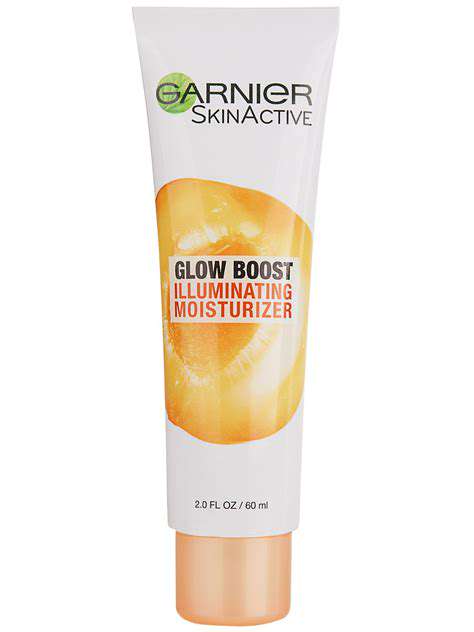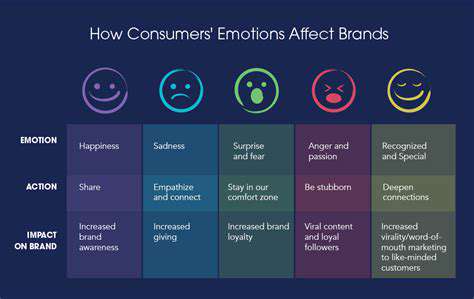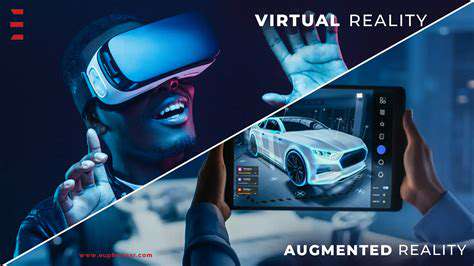Understanding Your Target Audience
Before even picking up a camera, understanding your target audience is crucial for crafting compelling product images. Who exactly are you trying to reach? What specific needs, desires, and pain points do they have? This foundational knowledge shapes every visual decision, from lighting choices to composition. For environmentally conscious buyers, prominently featuring sustainable packaging and eco-friendly materials creates instant resonance. When you deeply understand your audience, your visuals speak directly to their values, driving higher conversion rates.
Analyze their demographics, lifestyle patterns, and purchasing motivations. Are they primarily functionality-driven, aesthetically oriented, or both? These insights become your visual compass. Young professionals, for instance, respond best to images conveying modern sophistication - think clean lines, versatile usage scenarios, and subtle luxury cues in the styling.
Lighting Techniques for Professional Results
Lighting makes or breaks product photography. What appears as a simple object can transform into a covetable item through strategic illumination. While natural light offers authenticity, controlled setups using softboxes or strobes provide precision. The magic happens when you master light diffusion - bouncing soft illumination across surfaces to reveal texture without harsh shadows. Ever noticed how jewelry sparkles under directional lighting? That's controlled brilliance at work.
Color temperature mastery separates amateurs from pros. A 5500K daylight balance renders truer colors than warm indoor bulbs. Pro tip: Shoot in RAW format to correct temperature slips during editing. High-end photographers often use light tents to create that perfect, shadowless glow that makes products look irresistible.
Composition and Framing: Guiding the Viewer's Eye
Visual storytelling begins with intentional framing. The rule of thirds isn't just theory - placing key product features at intersection points creates natural focal points. Negative space is your silent salesperson, giving products room to breathe while directing attention. Watch how Apple leaves generous margins around products in their shots - it screams premium.
Perspective shifts create psychological impact. Eye-level shots build connection, while overhead layouts work beautifully for flat lays. For dimensional products, a 45-degree angle with slight elevation shows depth. Always match the angle to the product's most flattering attributes - a vase looks grander shot slightly upward, while tech gadgets gain sleekness from straight-on shots.
Product Styling and Staging: Enhancing Visual Appeal
Styling is visual context-setting. That coffee maker doesn't just brew - it becomes part of a slow Sunday morning narrative with artfully placed beans and steam rising from a hand-thrown mug. The best product styling whispers lifestyle aspirations rather than shouting specifications. Props should complement without competing - a neutral linen napkin under artisanal bread lets the food shine.
Environmental staging builds believability. A waterproof speaker gains credibility surrounded by poolside elements - think droplets on the surface, a towel casually draped nearby. The key is subtlety; the product remains hero while the setting suggests its ideal use case. Avoid over-staging - three strategically placed lemons by a juicer work better than a fruit avalanche.
Post-Processing and Editing: Polishing the Final Image
Editing is where good images become exceptional. Start with global adjustments - bring shadows up slightly to reveal detail, then micro-adjust color channels for accuracy. The golden rule: Enhance reality, don't reinvent it. That means removing dust specks but not reshaping products. Frequency separation in Photoshop works wonders for texture refinement without losing authenticity.
Consistency builds brand recognition. Create and save custom presets for your product line's signature look - perhaps a slight cool tone with boosted clarity. Batch processing maintains uniformity across collections. Remember: Over-sharpening creates halos, while restrained vibrance adjustments keep colors believable.







